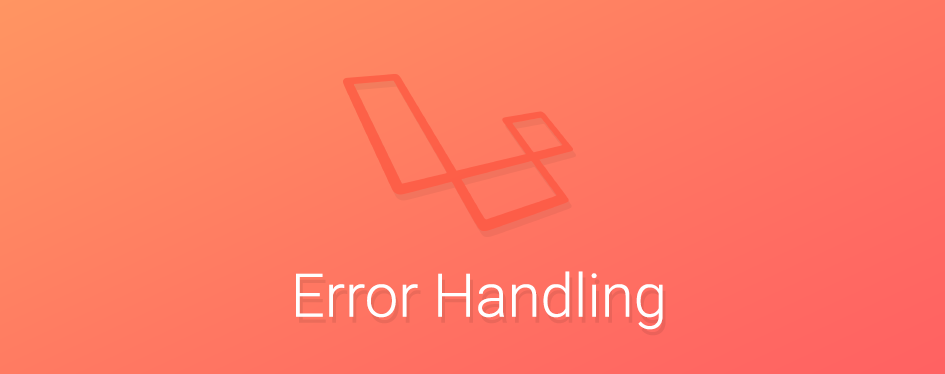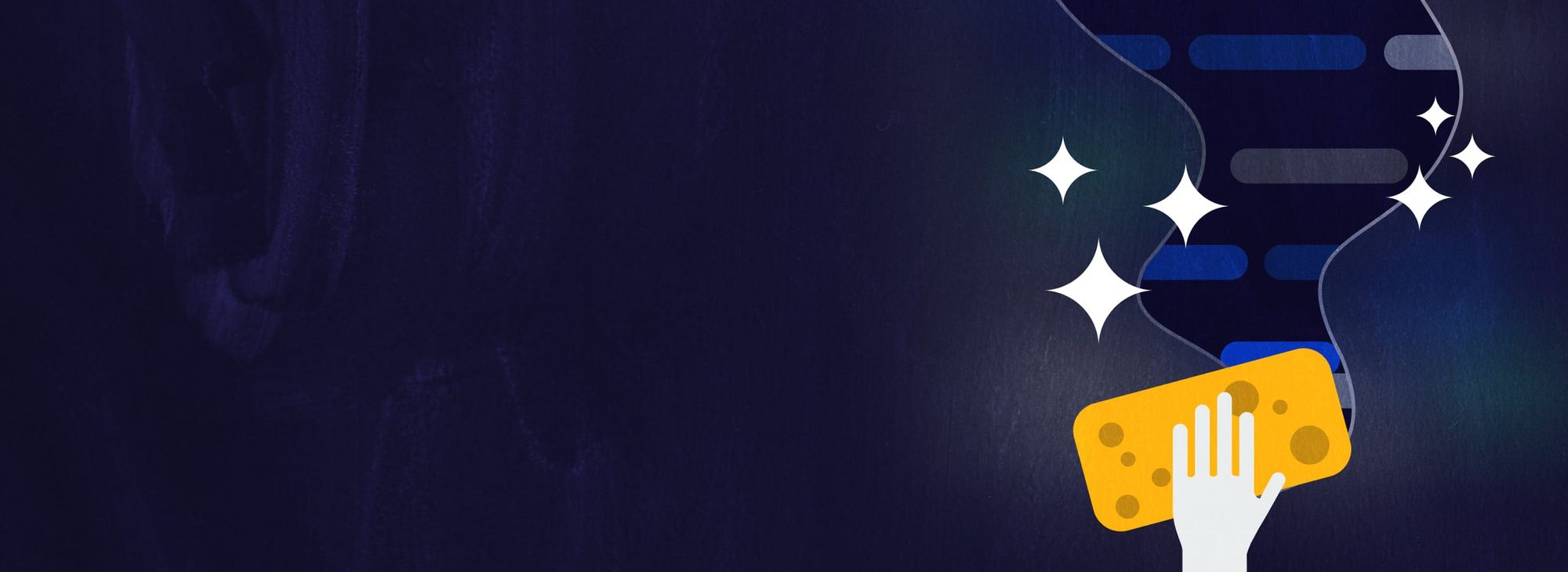Boosting Productivity with the Pipeline Design Pattern for SQL Sorting and Filtering in Laravel

In the fast-paced world of web development, productivity, and maintainability are key factors in delivering successful projects. Laravel, a leading PHP framework, provides powerful tools for handling database queries, including SQL sorting and filtering. To optimize code organization and create a scalable solution, the Pipeline Design Pattern proves invaluable. In this blog post, we'll delve into implementing the Pipeline Design Pattern for SQL sorting and filtering in Laravel, ensuring productivity and efficiency while maintaining a professional codebase.
How can one effectively implement the Pipeline Design Pattern in software development to improve code modularity and maintainability?
The Pipeline Design Pattern breaks down complex processes into manageable steps, adhering to the single responsibility principle. It promotes code reusability and modularity by transforming raw input data through a sequence of filters, culminating in a well-structured, filtered, and sorted output.
What are the key advantages and practical applications of implementing the Pipeline Design Pattern in software development projects?
- Code Readability: The pipeline's structured approach enhances code readability, as the logic is divided into focused filter classes.
- Reusability: Each filter class can be reused across multiple queries, reducing redundancy and facilitating code maintenance.
- Extensibility: Adding new filters or updating existing ones becomes a breeze, allowing the codebase to adapt to future changes effortlessly.
- Testability: The pipeline design simplifies unit testing, as each filter's functionality can be independently verified.

How can I effectively configure Laravel for the pipeline in a productive and professional manner?
To start, create a new Laravel project or use an existing one, ensuring that Laravel's Eloquent ORM is set up to interact with the database.
Building the Pipeline:
- Create a new folder called "Filters" in the app directory to store all filter classes.
- Implement a common interface for each filter class, defining the "apply" method to handle filtering logic.
- The pipeline can be a standalone class that accepts an array of filters and applies them sequentially to the query.
Implementing SQL Sorting and Filtering Filters:
- Create filters for various sorting options, such as "orderByLatest," "orderByOldest," etc.
- Develop filters to handle different filtering conditions, such as "published," "draft," or custom date ranges.

Constructing the Pipeline in Controller:
- Inject the necessary filters into the pipeline within your controller, based on user input or specific requirements.
- Apply the pipeline to the Eloquent query to obtain the filtered and sorted result set.
Error Handling and Exception Handling:
- Implement robust error handling in the pipeline to gracefully manage unexpected scenarios.
- Utilize exceptions to notify users or developers about any issues during query execution.

How can I effectively test the Laravel pipeline to ensure its reliability and performance in a professional software development environment?
- Write comprehensive unit tests for each filter class to ensure their correct functionality.
- Create integration tests to validate the complete pipeline behavior using sample data.
In summary:
The Pipeline Design Pattern empowers you to significantly enhance code clarity, maintainability, and scalability when handling SQL sorting and filtering in Laravel. Reusable, modular filters, coupled with clean code practices, make your application more professional and easier to maintain over time.

Keep in mind that productivity is an ongoing pursuit. Continuously refactor and optimize your codebase, and stay updated with Laravel's latest features and best practices to build high-quality applications that excel in performance and efficiency. Happy coding!




Comments ()